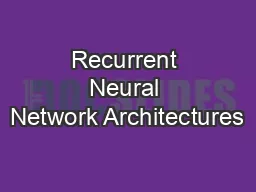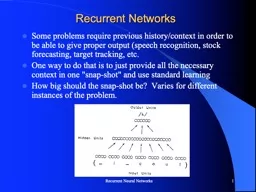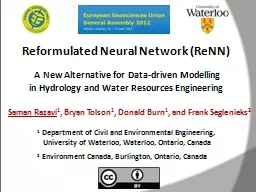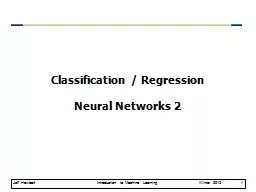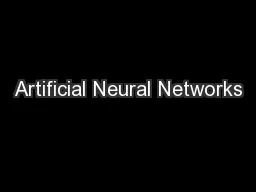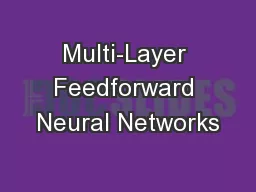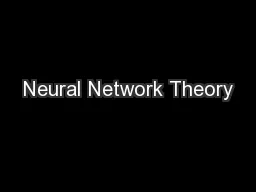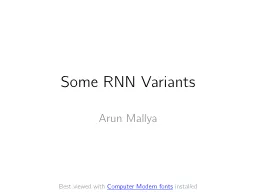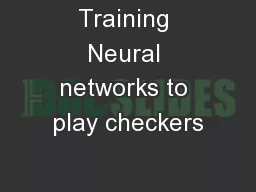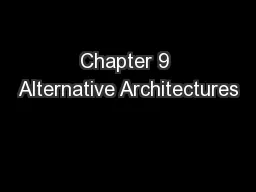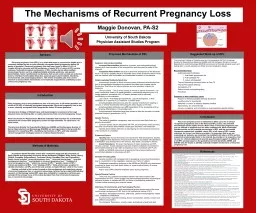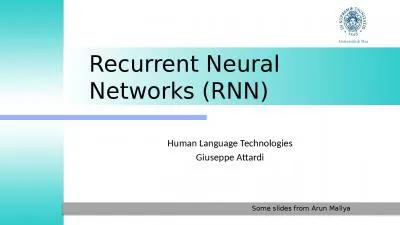PPT-Recurrent Neural Network Architectures
Author : tawny-fly | Published Date : 2017-06-06
Abhishek Narwekar Anusri Pampari CS 598 Deep Learning and Recognition Fall 2016 Lecture Outline Introduction Learning Long Term Dependencies Regularization Visualization
Presentation Embed Code
Download Presentation
Download Presentation The PPT/PDF document "Recurrent Neural Network Architectures" is the property of its rightful owner. Permission is granted to download and print the materials on this website for personal, non-commercial use only, and to display it on your personal computer provided you do not modify the materials and that you retain all copyright notices contained in the materials. By downloading content from our website, you accept the terms of this agreement.
Recurrent Neural Network Architectures: Transcript
Download Rules Of Document
"Recurrent Neural Network Architectures"The content belongs to its owner. You may download and print it for personal use, without modification, and keep all copyright notices. By downloading, you agree to these terms.
Related Documents

